The Making of a Wildlife Photographer
The Making of a Wildlife Photographer
Back in 2014 I decided that it was time to find a hobby that I could practice and improve on for the rest of my life and throughout my retirement. I decided to do this after meeting a number of recently retired people who were all finding and learning new hobbies during their retirement rather than having a hobby that they were already skilled at by the time they reached retirement.
I have always had a love of our natural environment and wildlife photography was something that I had wanted to learn about for some time. So I decided to pick up a camera and try my hand at photographing the local birdlife in my area. I went out and purchased a simple DSLR camera and started photographing native birds. I very quickly discovered that I was not at all a natural photographer, my first attempts at photographing birds were shocking to say the least.
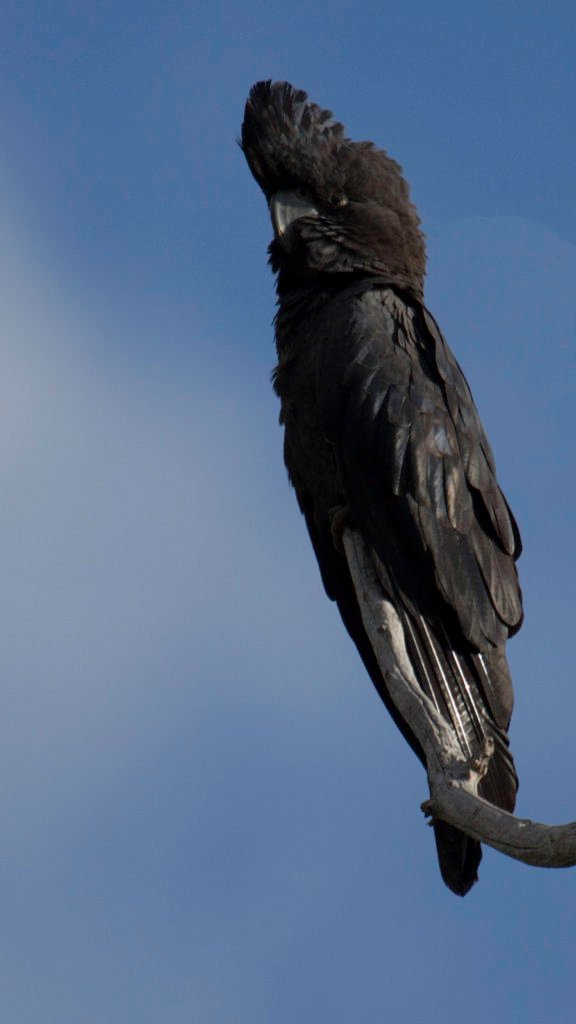
This was about as good as the early days of my photography gets.
Thankfully I wasn't so silly to think that I would be immediately good at this new and fascinating hobby. I was looking for a hobby that would take time to learn, and required a decent amount of dedication and practice. I also realised that there was a lot to learn when it comes to DSLR cameras. They can be complex beasts and the better the camera, the more complicated it becomes.
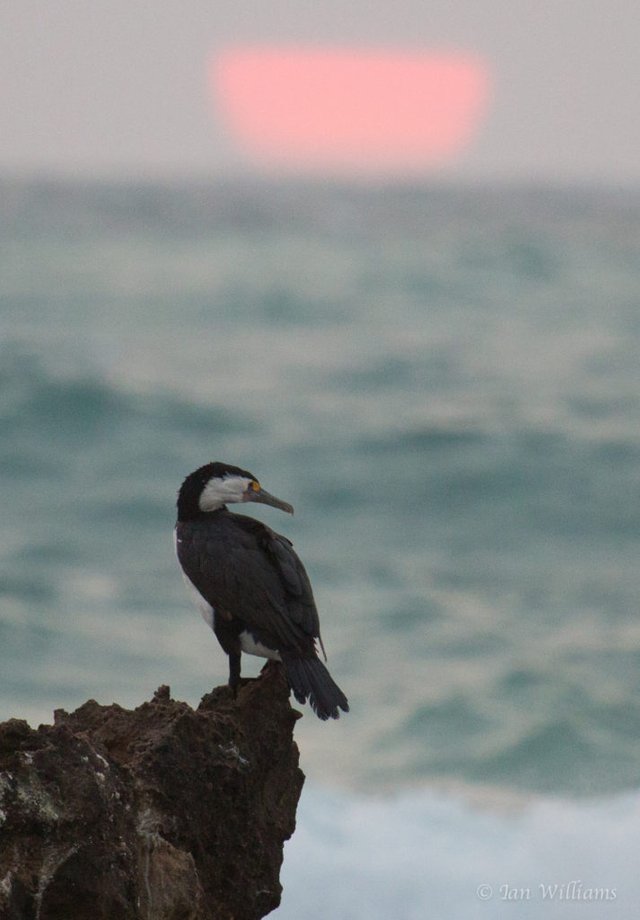
A nearby bushfire turned the sun red on this evening.
After some time practicing my new hobby, I upgraded my camera, and this new one came with all the bells and whistles that you'd expect from a pro-level DSLR. I immediately knew that I was out of my depth with this camera. I needed to do a photography course.
A Journey to the Bunya Mountains to Learn Bird Photography
The Bunya Mountains are located in Queensland. Roughly 3.5 hours inland from Brisbane. It's a truly unique location and incredibly beautiful.
The surrounding landscape is all agriculture and quite sparse of vegetation. As you approach the mountains you start to travel through changing vegetation communities, ranging from grasslands, to Eucalyptus forests, and then into lush rainforest.
And with the changing vegetation communities comes changes in the wildlife that you encounter. As you progress further up into the mountains, the more tropical species you encounter. And by the time you reach the top of the mountain, all of a sudden you are surrounded by tropical bird species and a cacophony of bird calls. I had never heard anything like it.
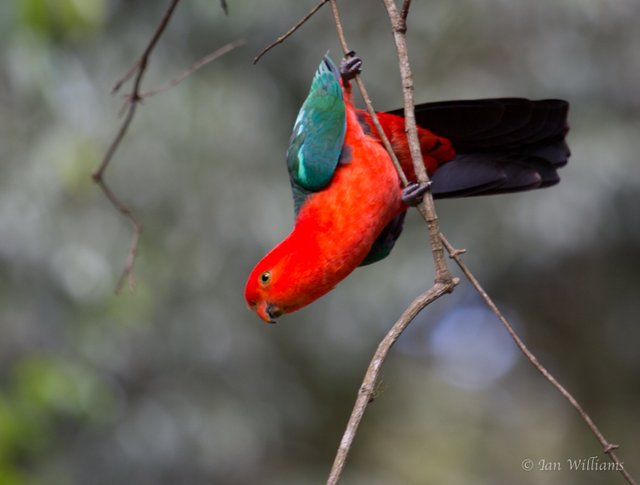
King Parrots are common in the Bunya Mountains
Learning Bird Photography from a Pro
The course that I chose to do was run by a well known bird photographer who gained his fame by taking an award winning photograph of a Lyre Bird in its mating display. The course he ran turned out to not be just about how to use your camera to photograph birds. It encompassed a variety of skills that would aid you in getting that winning photo. We were taught:
- How to position ourselves to get the best angle of the bird
- What natural lighting best suits bird photography
- What time of day is most likely going to get you the best results
- The best camera settings to use to ensure our images were crisp and clear
- What equipment we'd need
- When a flash would be required and how to use it
- What apps we could download to our phones to play bird calls
- And finally, the ethics of bird photography i.e. how do take part in this hobby without harming the species we were wanting to photograph
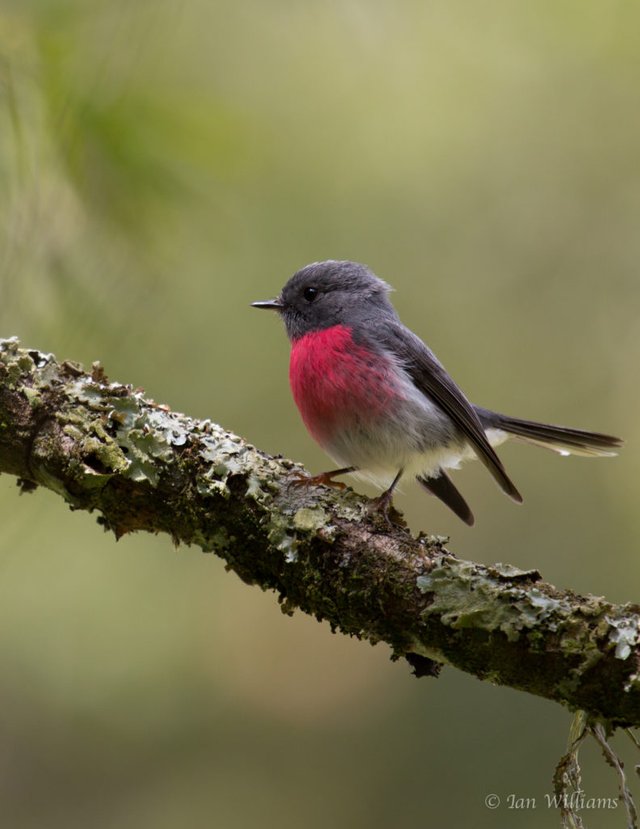
You can see that my skills had already greatly improved after this short time on the course.
Using this technique came with some warnings however. The bird call can cause some species stress when they hear them so, if using this technique, it's best to play the calls sparingly and to understand how hearing this call might affect the birds in question.
The app that we used is called The Morcombe & Stewart Guide to Birds of Australia. If you are interested in Australian birds then this is an excellent guide.
The photography course only ran for 2 days, so I gave myself a couple of days after the course to practice what I had learned in the rainforest environment. It was here that I was able to collect some of my favourite photographs that I have taken to date.
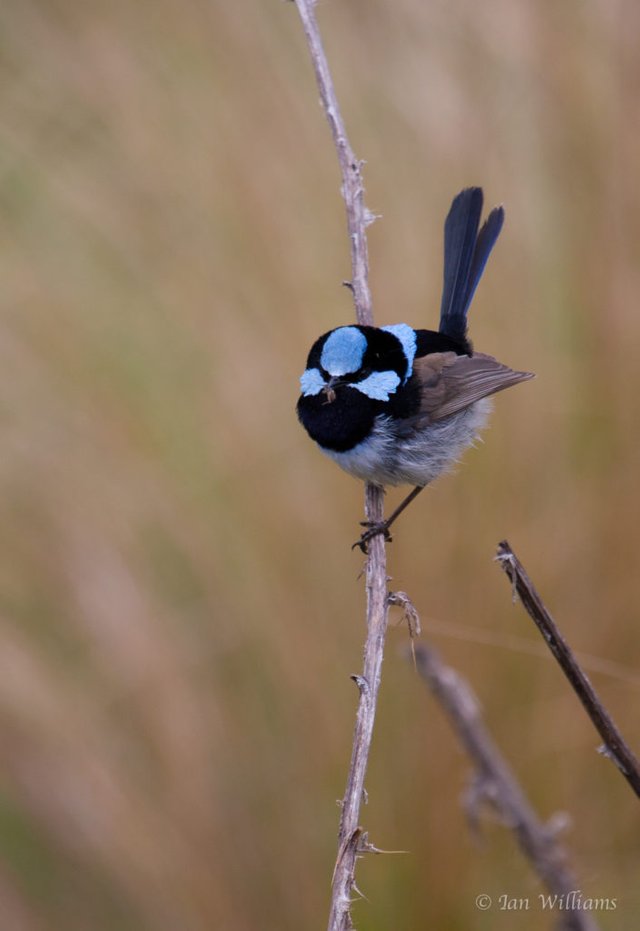
A male Splendid Fairy Wren.
And I also discovered what it's like to take an absolute fluke of a photograph. I was out hiking one day and had travelled roughly 20 kilometres by the time the day was almost finished. I had taken a few hundred photographs but knew that none of them were that great.
As I was exiting the rainforest I saw a flutter of wings out the corner of my eye. With barely a glance I turned, quickly focused on the bird, and hit the shutter on my camera. What resulted from this quick reaction is below.
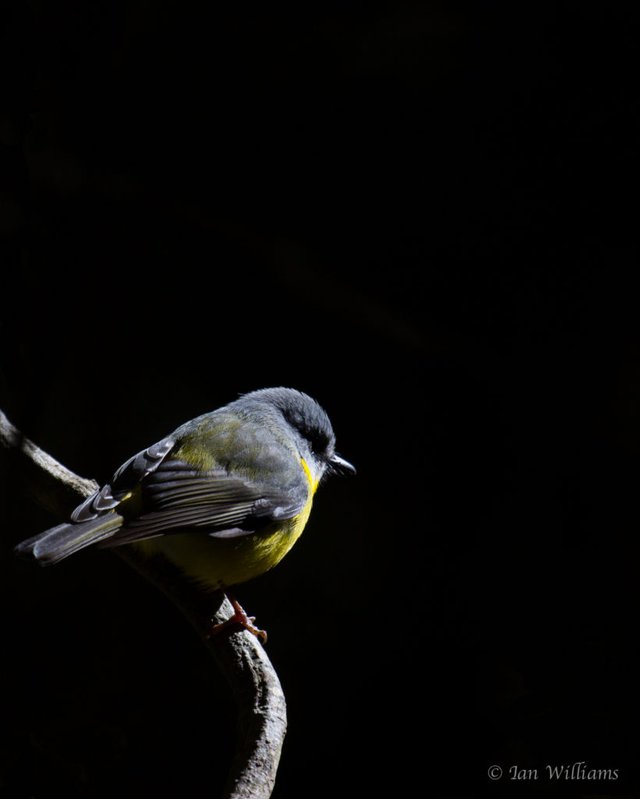
The Contemplating Yellow Robin.
And while this image isn't perfect, it is still my favourite photo that I have taken to date. I love the pure black background, and the fact that you can only see a small amount of the birds face but still see the beautiful colourings on the birds body.
And without the knowledge that I gained from this course, I would not have been able to snap this image as quickly as I did. It was absolutely a fluke that I snapped the image in this manner, but I had the camera settings right that enabled me to take this image effectively and with a decent level of clarity.
So, while I was looking for a hobby to grow in skill over time, this course enabled me to quickly improve on my skills and add extra fuel to my passion for wildlife photography. From here I have been on a number of photography expeditions around Australia, all to practice my chosen art of wildlife photography. Many ventures have resulted in zero good photos but some have brought me some fantastic images that I am very proud of.

An Australian Reed Warbler. One insanely fast bird that rarely stops for a breather.
I'll always look back on my little Yellow Robin photo with a great sense of pride and achievement though, this was my first image that I was truly happy with and one that I look back on frequently.
Posted from my blog with SteemPress : https://cryptonbrews.xopus.io/2018/07/06/the-making-of-a-wildlife-photographer/
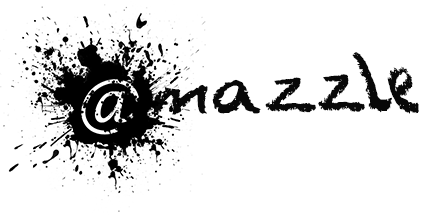
Great hobby you have i look forward to seeing more photos from this hobby :)
Thanks mate. I just need to find more time to get out and take new photos. :)
Thanx for your v .
Beautiful birds photo's.
Thank you :)
Great pictures & beautiful birds! I'm very amateur with a big bird book, binoculars and an iPhone 5. :-)) Can only take pictures of really big birds. I've been out of the loop for a bit with a move. I've gone to the Navajo Nation Reservation in NE Arizona for a 3 month job. Fewer birds than I'm used to, but mostly different. No question if they're crows or ravens , because these are big ass birds that rule the sky. Very cool.
Your hobby is great and I look forward to seeing more wonderful pictures. There is something wonderful about birds and their communities.
I love watching their behaviour and learning their habits. Bird watching is kind of like meditation for me. It doesn’t really matter what equipment you have. If you enjoy it then just get out there :).
I completely agree. My wife got a picture of a hawk by our chickens yesterday. I got one of a raven today. They are not great, but it is fun. I saw my first hummingbird up here today. I was sitting on the back deck and it flew up and checked me out, flew around a little about five feet away, then headed out. I gotta say, it made my heart sing a little. I'm glad you liked the other pictures.
Photographing a hummingbird is a bit of a dream of mine. They are such amazing creatures. You do need a pretty high shutter speed to catch a good photo of them though.
Yeah, they're amazing. I was too busy watching it stare at me like it was checking me out to get a picture. They are my really one of my favorites.
I just came across this, so if you're not following The Audubon Society, I thought you might be interested in this. Cheers!
https://www.audubon.org/magazine/summer-2018/the-2018-audubon-photography-awards-winners?ms=digital-eng-social-facebook-x-20180700_fb_link_2018_apa_winners
Thanks! There’s some amazing photos there. I’m not at all familiar with US species.
Congratulations, Your Post Has Been Added To The Steemit Worldmap!
Author link: http://steemitworldmap.com?author=mazzle
Post link: http://steemitworldmap.com?post=themakingofawildlifephotographer-tkebg3lovh
Want to have your post on the map too?
Congratulations! This post has been upvoted from the communal account, @minnowsupport, by mazzle from the Minnow Support Project. It's a witness project run by aggroed, ausbitbank, teamsteem, theprophet0, someguy123, neoxian, followbtcnews, and netuoso. The goal is to help Steemit grow by supporting Minnows. Please find us at the Peace, Abundance, and Liberty Network (PALnet) Discord Channel. It's a completely public and open space to all members of the Steemit community who voluntarily choose to be there.
If you would like to delegate to the Minnow Support Project you can do so by clicking on the following links: 50SP, 100SP, 250SP, 500SP, 1000SP, 5000SP.
Be sure to leave at least 50SP undelegated on your account.
You got a 15.76% upvote from @dailyupvotes courtesy of @mazzle!
Thanks friend information ...I.followed u